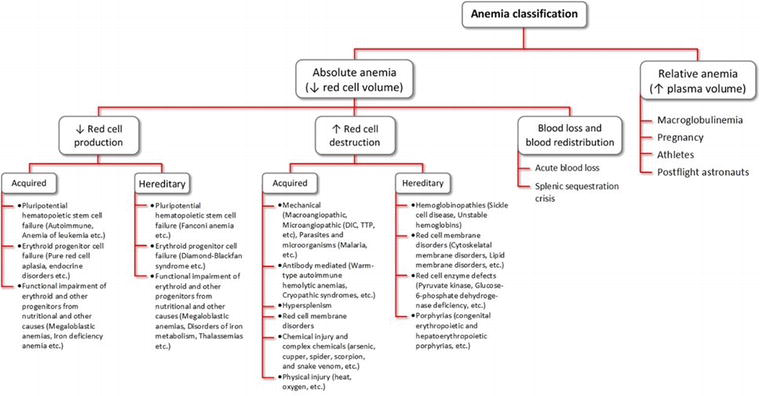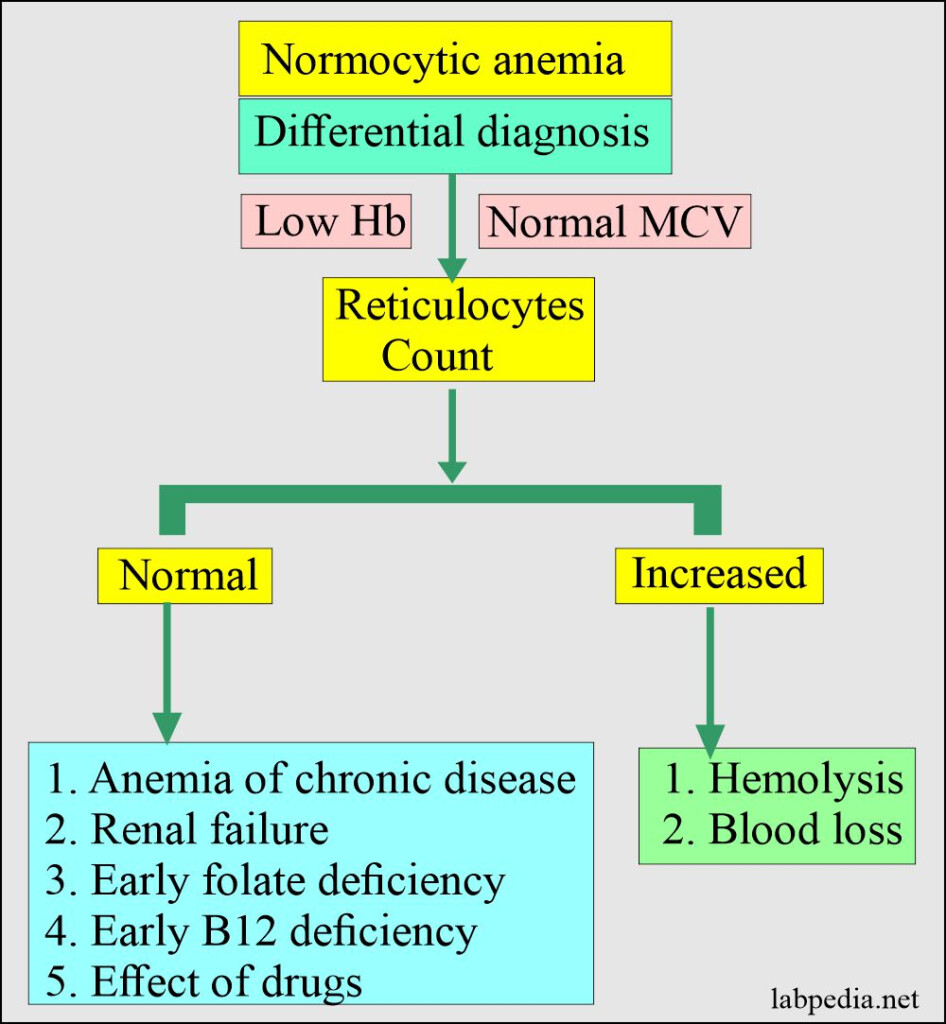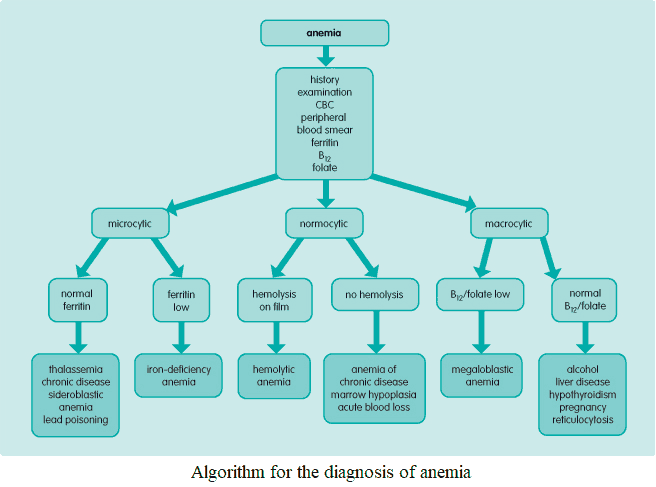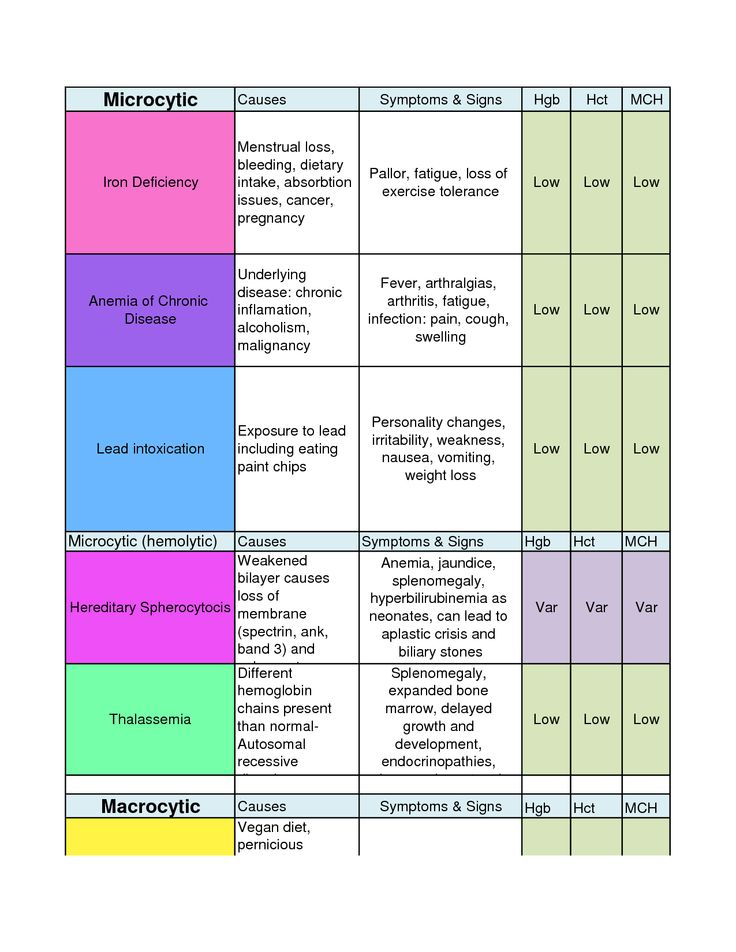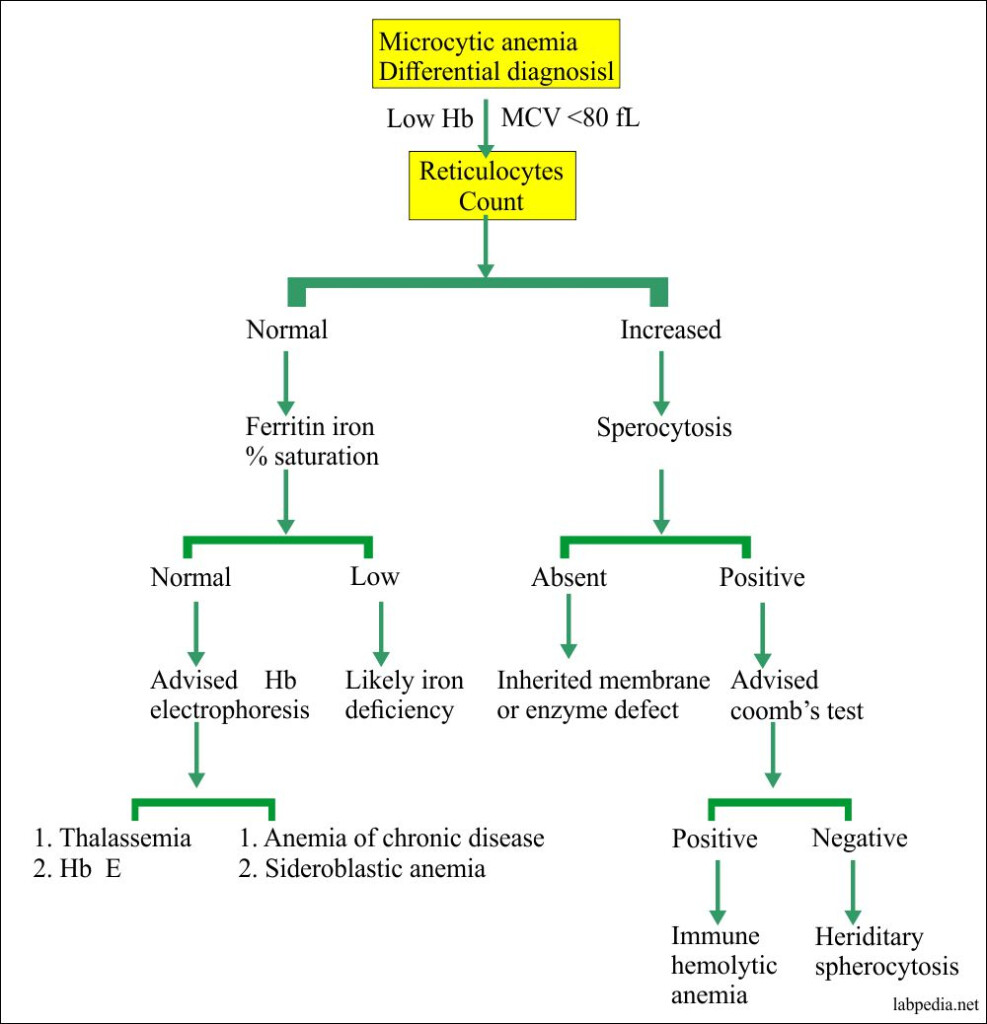Anemia is a common blood disorder that occurs when the body doesn’t have enough red blood cells to carry oxygen to the tissues and organs. It can be caused by various factors such as iron deficiency, vitamin deficiency, chronic diseases, or genetic conditions. To help you better understand the different types and causes of anemia, we have created a flow chart guide that outlines the key steps in diagnosing and treating this condition.
There are several types of anemia, each with its own specific causes and symptoms. The most common types include:
Flow Chart Of Anemia
- Iron-deficiency anemia: caused by a lack of iron in the body, often due to poor diet or blood loss
- Vitamin-deficiency anemia: caused by a lack of essential vitamins such as B12 or folate
- Hemolytic anemia: caused by the destruction of red blood cells faster than they can be produced
By identifying the type of anemia a person has, healthcare providers can tailor treatment plans to address the underlying cause and improve symptoms.
Diagnosing and Treating Anemia
Diagnosing anemia typically involves a thorough medical history, physical exam, and blood tests to measure red blood cell count, hemoglobin levels, and iron levels. Once a diagnosis is confirmed, treatment options may include:
- Iron supplements or dietary changes for iron-deficiency anemia
- Vitamin supplements or injections for vitamin-deficiency anemia
- Medications or blood transfusions for more severe cases of anemia
Regular follow-up appointments and monitoring are essential to ensure that treatment is effective and that the underlying cause of anemia is addressed. By following the flow chart guide and working closely with healthcare providers, individuals with anemia can manage their condition and improve their overall health and well-being.
Download Flow Chart Of Anemia
Anemia Diagnosis Flow Chart
Anemia Diagnosis Flow Chart
Anemia Diagnosis Flow Chart
Anemia Diagnosis Flow Chart
